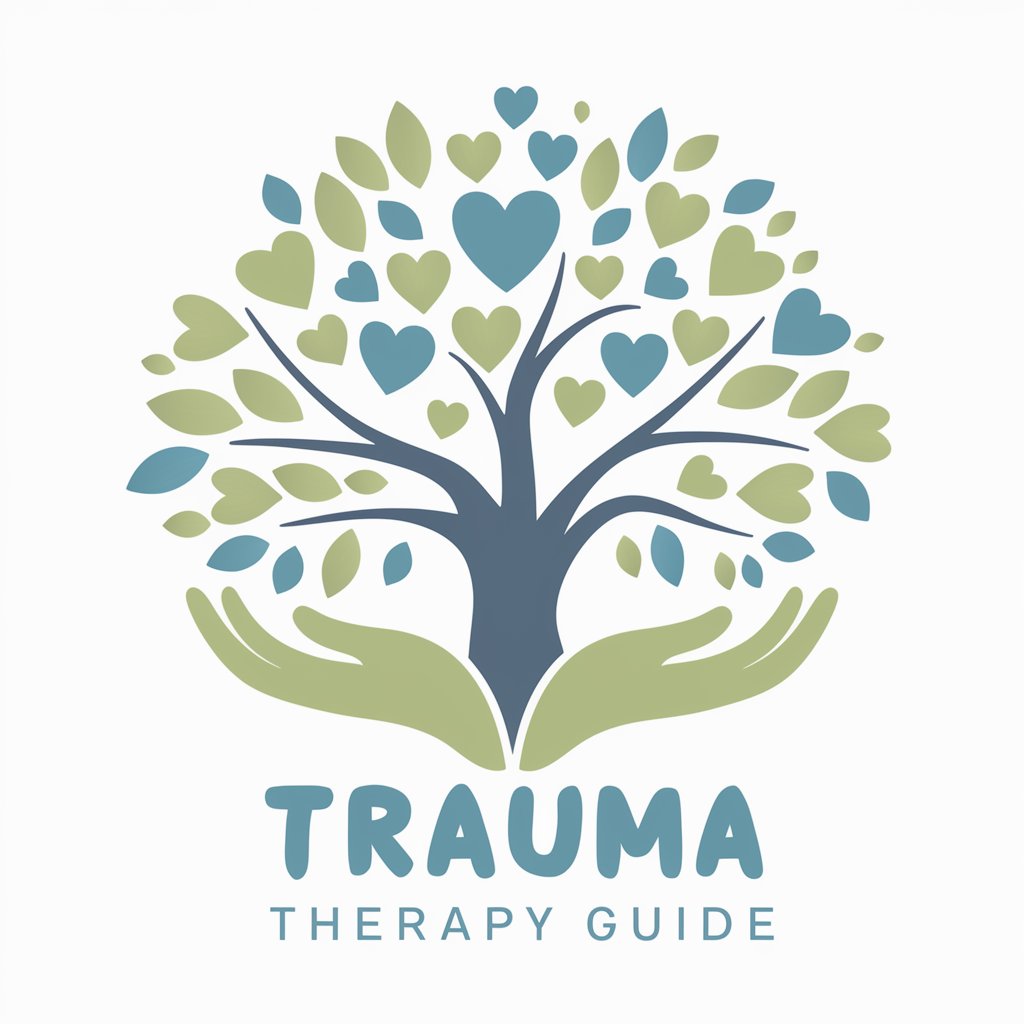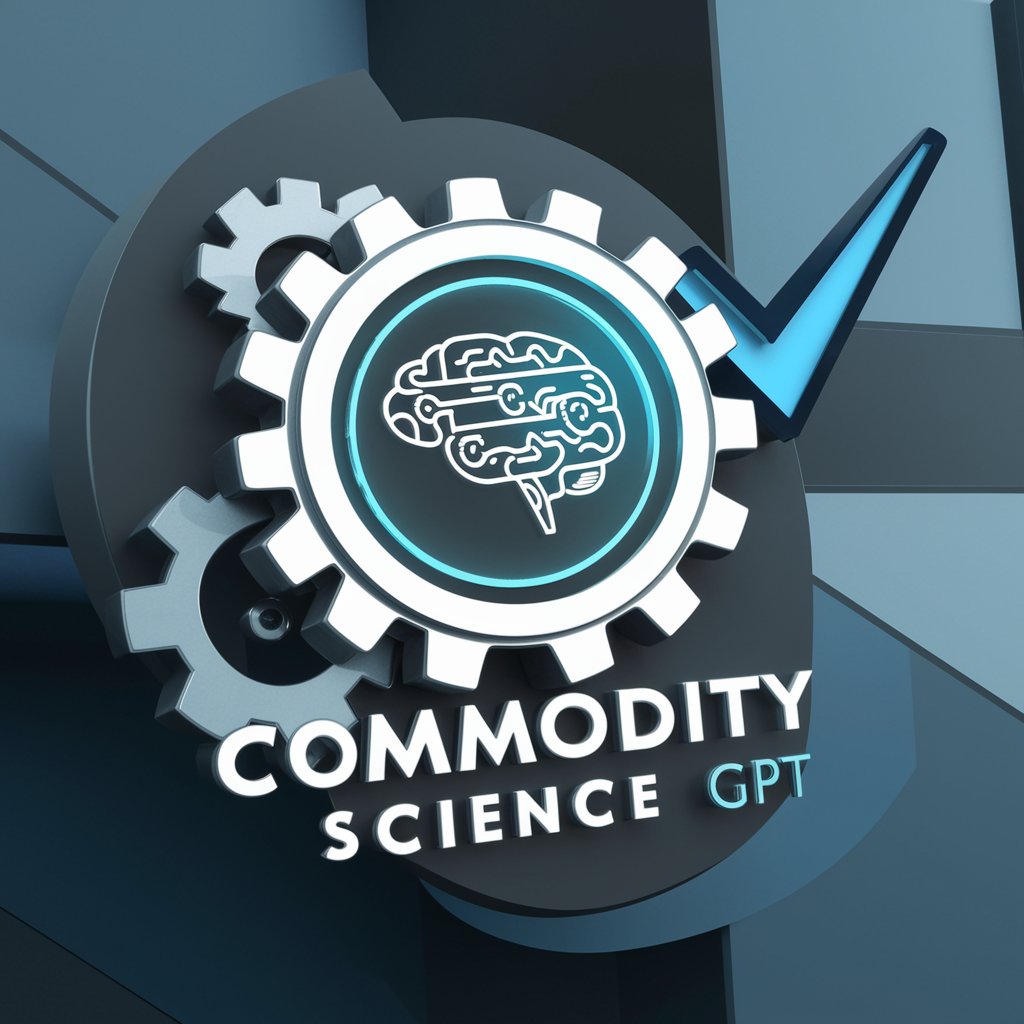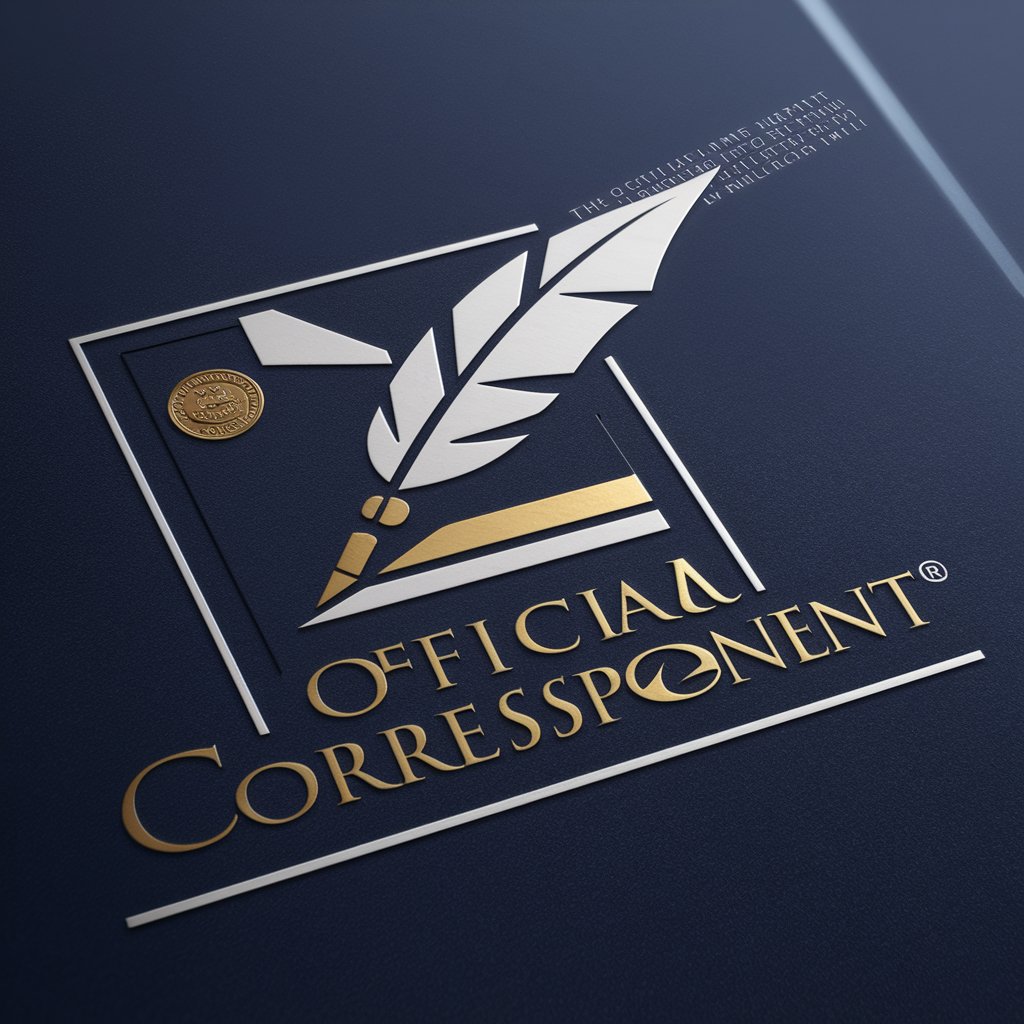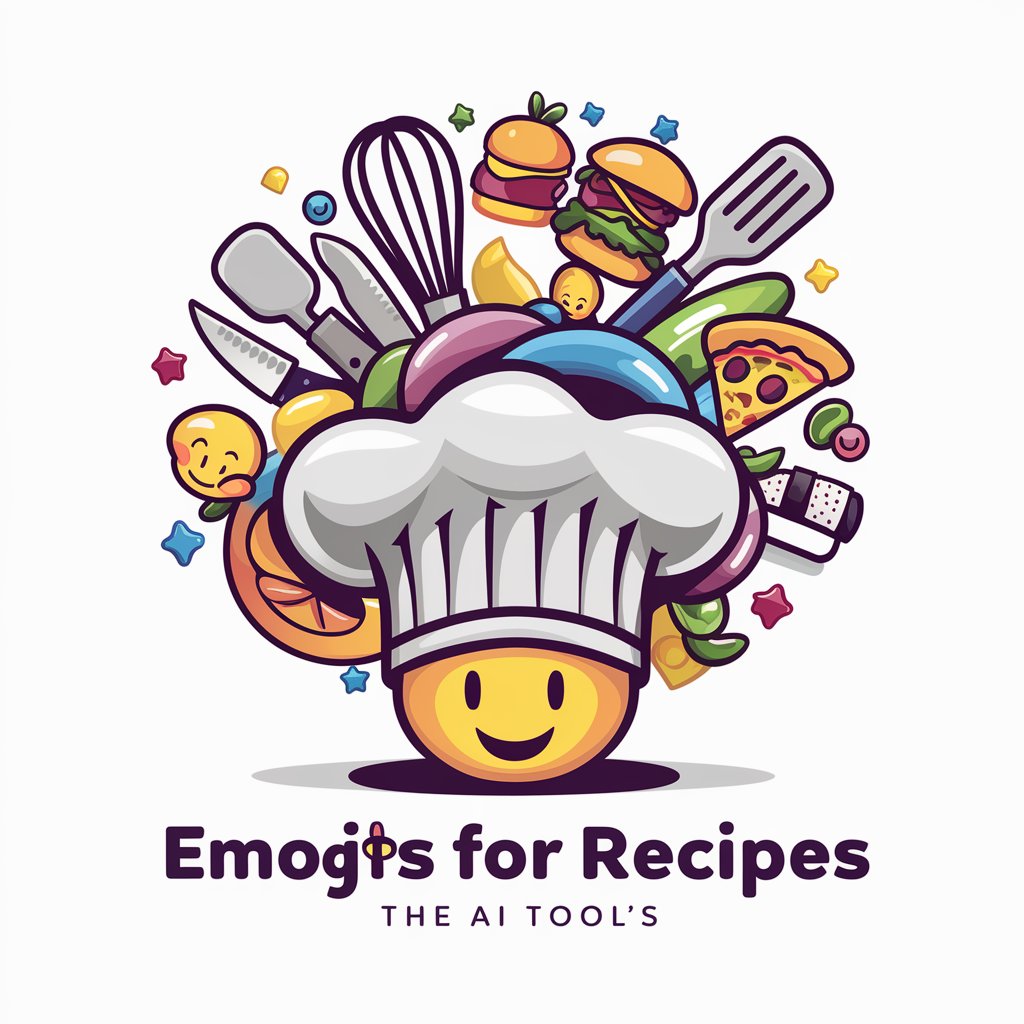Trauma Therapy Guide - Trauma Therapy Insights

Welcome! How can I assist you with trauma therapy today?
Empowering Trauma Recovery with AI
What are effective techniques for building trust with traumatized children?
How can play therapy be used to support trauma recovery in adolescents?
What role do family dynamics play in the treatment of complex trauma?
How can educators implement trauma-informed practices in the classroom?
Get Embed Code
Overview of Trauma Therapy Guide
The Trauma Therapy Guide is designed as an expert system aimed at enhancing the capabilities of therapists, counselors, and other professionals involved in the care of children and adolescents affected by trauma. Rooted in a deep understanding of the developmental impacts of trauma, attachment wounds, and the intricacies of assessment techniques, this guide assists in creating a nurturing environment conducive to healing. It encompasses a wide array of therapeutic approaches such as play therapy, art therapy, EMDR (Eye Movement Desensitization and Reprocessing), and emphasizes the significance of family dynamics in the recovery process. By offering nuanced guidance, this tool aids professionals in fostering resilience, recognizing signs of trauma, and implementing trauma-informed practices within educational and therapeutic settings. Examples of its application include facilitating the development of tailored therapy plans, offering strategies for engaging resistant clients, and providing resources for continuous professional development. Powered by ChatGPT-4o。

Core Functions of Trauma Therapy Guide
Developmental Impact Analysis
Example
Assessing the specific ways in which trauma has impacted a child's emotional, cognitive, and social development.
Scenario
A therapist uses the guide to understand how trauma at an early age might have altered a child's attachment style, potentially leading to difficulties in forming healthy relationships. This insight helps in tailoring therapeutic interventions that address these developmental disruptions.
Therapeutic Approach Recommendations
Example
Suggesting specific therapeutic modalities based on the child's age, trauma history, and current needs.
Scenario
For a teenager showing signs of PTSD after experiencing a violent event, the guide might recommend EMDR alongside cognitive-behavioral strategies, detailing how these can be integrated into therapy sessions to process trauma effectively.
Family Dynamics Evaluation
Example
Offering insights into how a family's structure and dynamics can affect a child's trauma recovery process.
Scenario
A counselor uses the guide to explore the role of parental support in a child's healing journey, leading to the development of family therapy sessions that aim to improve communication and understanding among family members.
Educational Resource Provision
Example
Providing up-to-date research, case studies, and professional development materials to therapists.
Scenario
A school psychologist accesses the guide for the latest strategies in trauma-informed educational practices, enhancing their ability to support students with trauma histories in the classroom setting.
Target User Groups for Trauma Therapy Guide
Child and Adolescent Therapists
Professionals specializing in mental health care for children and adolescents, seeking to deepen their understanding of trauma's effects and enhance their therapeutic techniques.
School Psychologists and Counselors
Educational professionals who require resources and strategies to support students experiencing trauma, aiming to foster a safe and understanding school environment.
Family Therapists
Therapists focusing on family dynamics and looking for insights into how family interactions can impact trauma recovery in children and adolescents.
Social Workers
Social service professionals who assist children and families in navigating the aftermath of traumatic events, seeking effective strategies for resilience and recovery.

Using Trauma Therapy Guide: A Step-by-Step Overview
1. Start Your Journey
To begin using Trauma Therapy Guide, visit yeschat.ai for a complimentary trial that requires no login or subscription to ChatGPT Plus.
2. Identify Your Needs
Assess your specific needs or the issues you're encountering with trauma therapy, whether it's seeking guidance on therapeutic approaches, understanding trauma's impact, or developing treatment plans.
3. Explore the Features
Navigate through the various functionalities offered by Trauma Therapy Guide, including insights on therapies like EMDR, play therapy, and family dynamics in trauma recovery.
4. Engage with the Content
Utilize the provided knowledge base to access comprehensive information on assessing and treating trauma in children and adolescents, fostering resilience, and advocating for trauma-informed practices.
5. Apply Insights
Incorporate the insights and strategies gained from Trauma Therapy Guide into your therapeutic practice to enhance the support and recovery process for your clients.
Try other advanced and practical GPTs
SEO Site Structure - Chadix.ai
Empower Your SEO with AI-Powered Site Structuring

SlideWizard
Revolutionizing Presentations with AI

commodity science gpt
Empowering commodity insights with AI

Edtech Company Analyst
AI-powered edtech market intelligence

FREE AI SEO Parasite SEO Article Creator Tool
Empowering SEO with AI Creativity

Compose Pro
Empowering Android Development with AI

Master Prompt 2
Unleash Creativity with AI-Driven Art Prompts

Official Correspondent
Streamline Your Official Documents with AI

Emojis for Recipes
Bringing recipes to life with emojis

TechWoman
Empowering Innovation with AI

Enhance
Elevate Your Output with AI

Quick GPT
Instant answers, powered by AI.

Frequently Asked Questions About Trauma Therapy Guide
What therapeutic approaches does Trauma Therapy Guide cover?
Trauma Therapy Guide provides insights into various therapeutic approaches including EMDR, play therapy, art therapy, and the role of family dynamics in trauma recovery.
Can this guide help me with trauma-informed practices in educational settings?
Yes, it offers guidance on implementing trauma-informed practices within educational settings, emphasizing the importance of creating a supportive and understanding environment for children and adolescents.
How does Trauma Therapy Guide assist in assessing trauma in children?
The guide includes detailed information on assessment techniques and indicators to look for when identifying trauma in children, aiding therapists in creating targeted treatment plans.
Is there information on fostering resilience in clients?
Absolutely. The guide emphasizes strategies and interventions that can foster resilience and growth in young clients, helping them to recover and thrive post-trauma.
How can Trauma Therapy Guide benefit therapists new to trauma work?
It serves as an invaluable resource by providing foundational knowledge on trauma impacts, therapeutic techniques, and case management strategies, making it easier for new therapists to navigate the complexities of trauma therapy.
